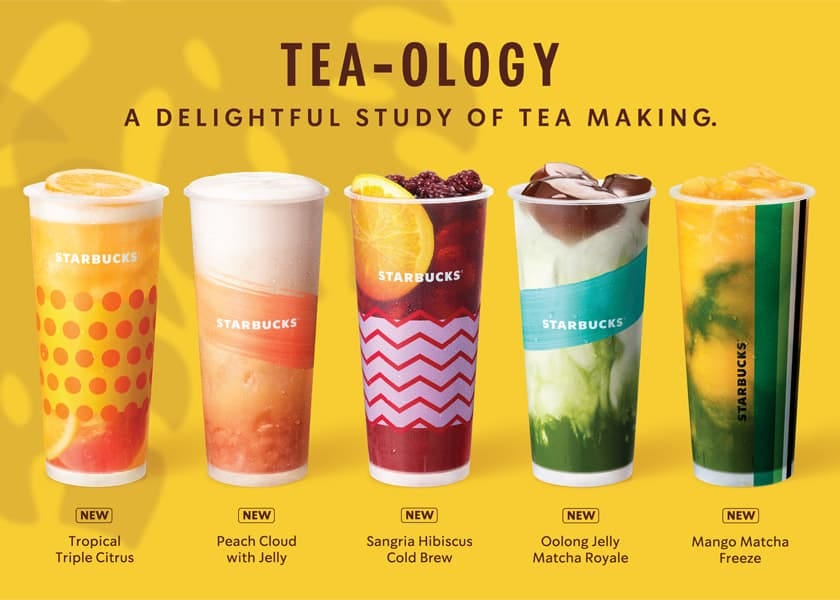Week 3 | Starbucks: Coffee maker to a monopoly
How Starbucks became a ~120B dollar coffee chain
Hello there!
Welcome to the 3rd official issue of Niche Antics after a gap of more than 14 days! (Consistency is quite harder than I thought to achieve)
If you haven’t read the first issue about the Indian lifestyle brand, boAt, read it here. The second issue on the fast fashion giant Zara can be accessed here.
Still unsure if subscribing to the newsletter adds any value to your life or not? Well, what’s the harm in doing so anyway and finding it out over the weekend?
This week’s issue talks about our beloved brand, Starbucks, and what has been the journey of the brand so far. Hope it’s a good read!
Starbucks Coffee
Starbucks Corporation is an American multinational chain of coffeehouses and roastery reserves headquartered in Seattle, Washington. It is the world's largest coffeehouse chain.
As of November 2021, the company had 33,833 stores in 80 countries, 15,444 of which were located in the United States.
The mission of the brand is to inspire and nurture the human spirit – one person, one cup, and one neighbourhood at a time.
History
The story begins in 1971 along the cobblestone streets of Seattle’s historic Pike Place Market. It was here where Starbucks opened its first store, offering fresh-roasted coffee beans, tea and spices from around the world for their customers to take home. The name “Starbucks” was inspired by the classic tale, “Moby-Dick,” evoking the seafaring tradition of the early coffee traders.
Ten years later, Howard Schultz joined the company in 1982. It was on a trip to Milan in 1983 that Howard first experienced Italy’s coffeehouses, and he returned to Seattle inspired to bring the warmth and artistry of its coffee culture to Starbucks. By 1987, the company had shifted from selling coffee brans to selling the cafe experience.
Starbucks would soon expand to Chicago and Vancouver, Canada and then on to California, Washington, D.C. and New York. Over the next two decades, the company grow to welcome millions of customers each week.
Business Model of Starbucks
What distinguishes Starbucks from the other existing players?
X-Factor (rather the ‘S’ factor?)
What strategies has the leading coffee maker employed to gain an edge over its competitors?
Offering ‘third-place’ experience
Selling coffee of the highest quality
International market expansion with the focus on emerging economies
Integrating technology into various business processes.
Let’s dive into each of these aspects!
1. Offering ‘third-place’ experience
Starbucks stores are effectively positioned as a ‘third place’ away from home and work, where people can spend time in a relaxed and comfortable environment with their friends or alone.
Customers are even welcome to get their work done in a Starbucks store.
All company-owned stores in the US and most company-owned stores abroad offer free wi-fi. “Starbucks stores are meticulously designed to make customers stay longer, buy more, and return for another visit.”
2. Selling coffee of the highest quality
Starbucks business strategy can be classified as product differentiation. Accordingly, the coffee chain giant focuses on the quality of its products and customers pay premium prices for high quality.
Excellent customer services as one of the solid sources of Starbucks competitive advantage further increases the attractiveness of the coffee retailer.
3. International market expansion with the focus on emerging economies
The internationalization strategy of Starbucks involves using three approaches which wholly owned subsidiaries, joint ventures, and licensing.
The licensing procedure is used when Starbucks wants quick expansion in a particular country. Starbucks uses a joint venture strategy in order to initiate its business practices to the local market. Wholly owned subsidiaries technique is used when Starbucks has the market knowledge of the market it’s operating in, for example, the U.S and Canada market.
In Vietnam, Starbucks stays faithful to its system of transforming Starbucks into the "third family" of customers, after office and home, yet needs to conform to adjust the high-setting Vietnam culture. For instance, the Starbucks stores are furnished with electrical plugs, WI-FI, and comfy space.
4. Integrating technology into various business processes.
“Starbucks is adamant when it says that the purpose of new technology is not just to improve its website or to process payments quicker for people who are waiting in line”.
The coffee chain achieves technology-related value addition via integrating technology into a wide range of business processes and procedures such as new product development, communication of the marketing message, completing sales and monitoring the level of customer satisfaction.
The most notable examples for value creation via technological integration by Starbucks include the launch of Mobile Order & Pay feature, which allows customers to buy without getting in line, the launch of voice ordering app and “sending text message notifications to customers in the Seattle area when their mobile orders are ready”

What are the threats or weaknesses of the company?
Expensive Products: While Starbucks does differentiate their products with being highly quality couple with the whole ‘Starbucks Experience’, in times of economic sluggishness, consumers to have so switching costs to competitor’s products with lower prices and forgo paying a premium. These premium prices could also pose some weakness for it to succeed in developing countries.
Self-Cannibalization through overcrowding: By aggressive expansion and high saturation due to overcrowding in the market leads to self cannibalization and diminishes long term growth targets of Starbucks. This is happening especially in the United States where Starbucks operates 8078 stores.
Over-dependence in the United States market: In line with self-cannibalization of the US market with 8078 stores, Starbucks generates a huge percentage of their total revenue from the US and this makes it very sensitive to prospects of the US economy and growth.
Negative large corporation image: Like any large corporation, Starbucks does come under increased scrutiny and have to invest in corporate social responsibility activates and maintain tight control over labor practices.
American/European coffee culture clash with that of other countries: Starbucks coffee culture may not widely accepted in some countries as part of their international expansion strategy.
How can Starbucks further improve and outgrow its competition?
Starbucks has great growth opportunities in Tea and Fresh Juice products mix. They should build up these products along the same line of their core coffee products.
Also as consumer tastes and lifestyle shift towards more snacks and beverages options, Starbucks should tailor its menu’s and expand to give more healthy product offerings in its mix.
Coffee beans are a significant input into Starbucks value chain and there have been wide fluctuations in the market prices of high quality coffee beans. Starbucks could mitigate this price volatility risky by implementing an effective hedging strategy like future contracts to lock in their estimated quantity inputs at a low swing price so that the future costs can be managed to a greater extent.
This brings us to the end of the newsletter! I hope you can relate to the Starbucks experience next time you visit the store.
If you like the content, feel free to like the issue and share with your network :)
Also, subscribe to the newsletter so that it lands in your inbox/spam every week!
See you next week!
Love,
Nishant

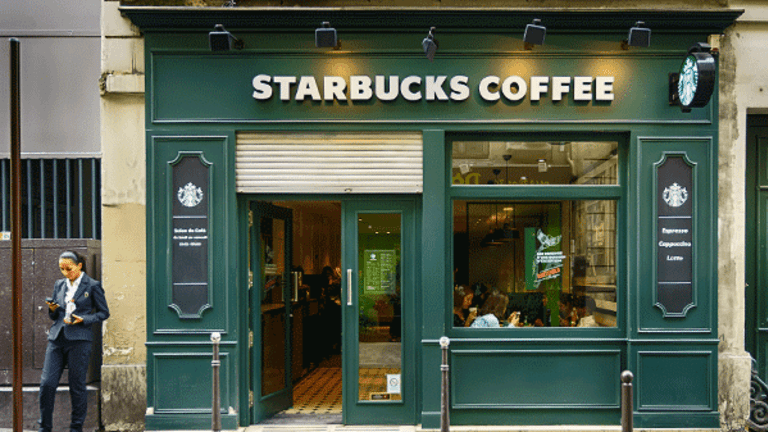

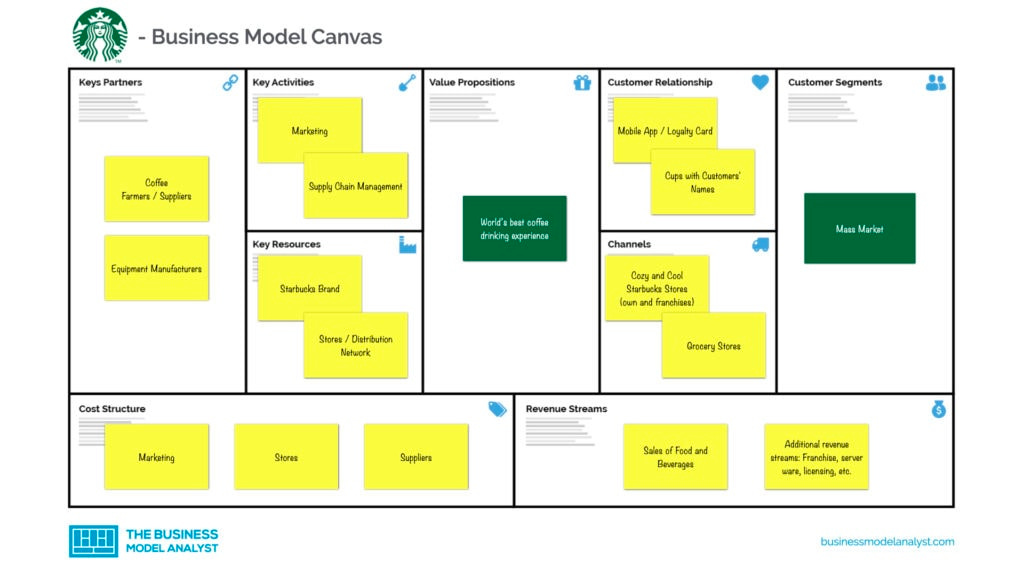


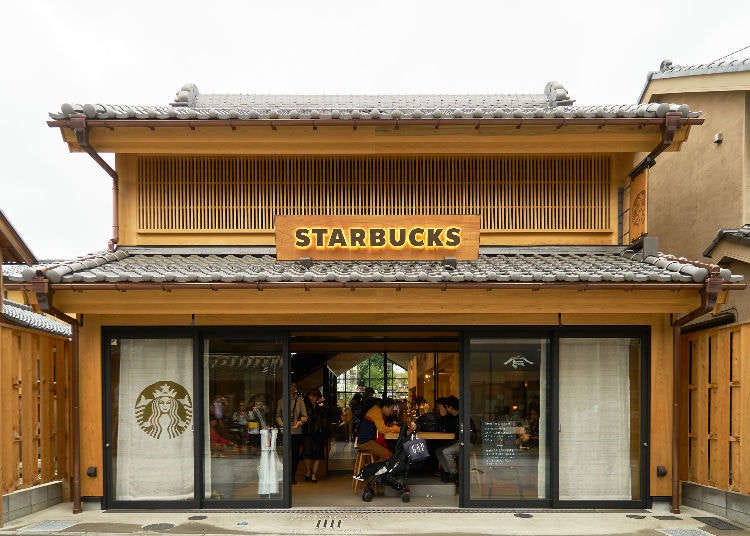
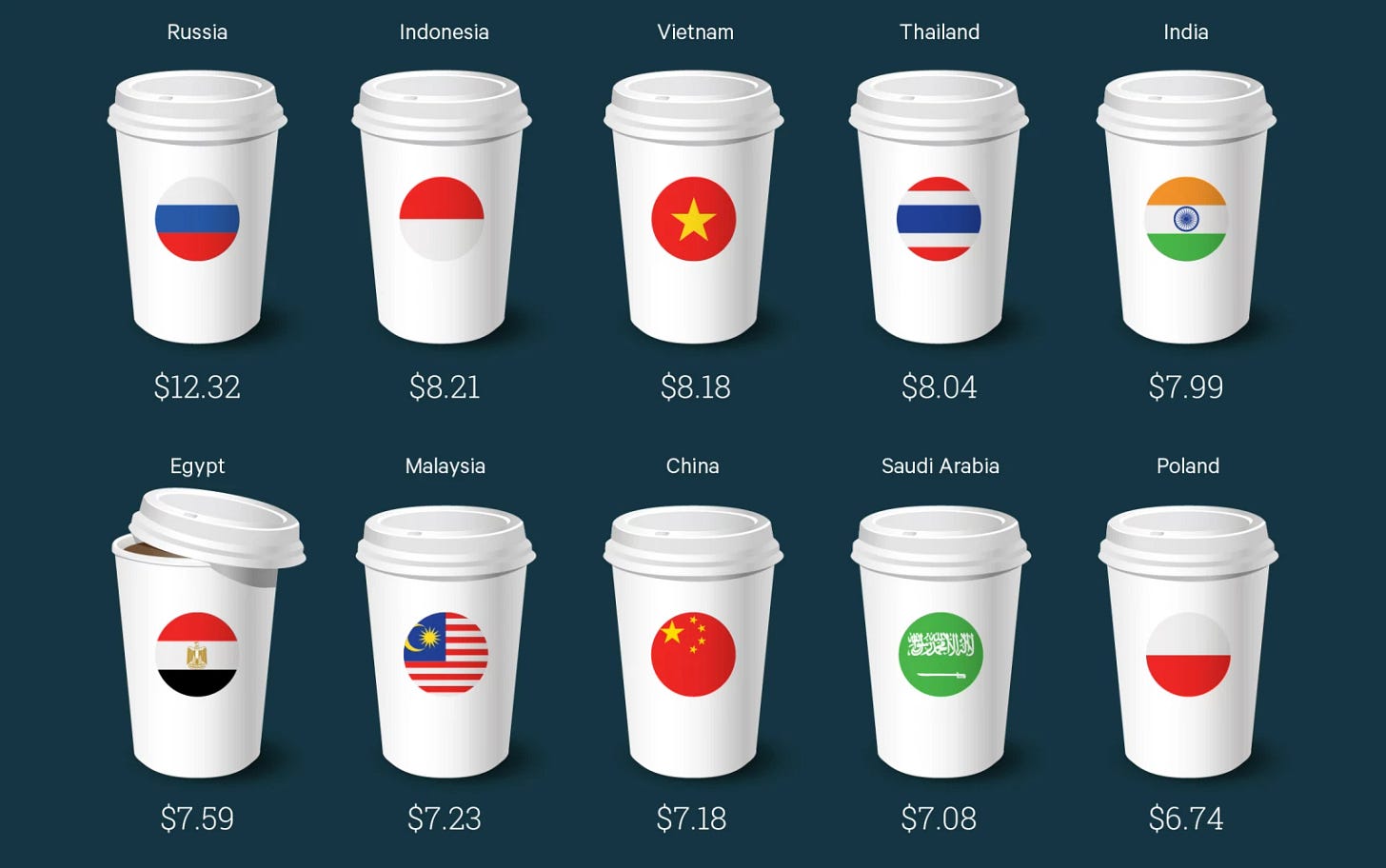
![The Number of Starbucks in Every State [Map] | VinePair The Number of Starbucks in Every State [Map] | VinePair](https://substackcdn.com/image/fetch/$s_!71vx!,w_1456,c_limit,f_auto,q_auto:good,fl_progressive:steep/https%3A%2F%2Fbucketeer-e05bbc84-baa3-437e-9518-adb32be77984.s3.amazonaws.com%2Fpublic%2Fimages%2F0ec7bc16-65e8-484e-8697-6c2197451485_1200x900.jpeg)
